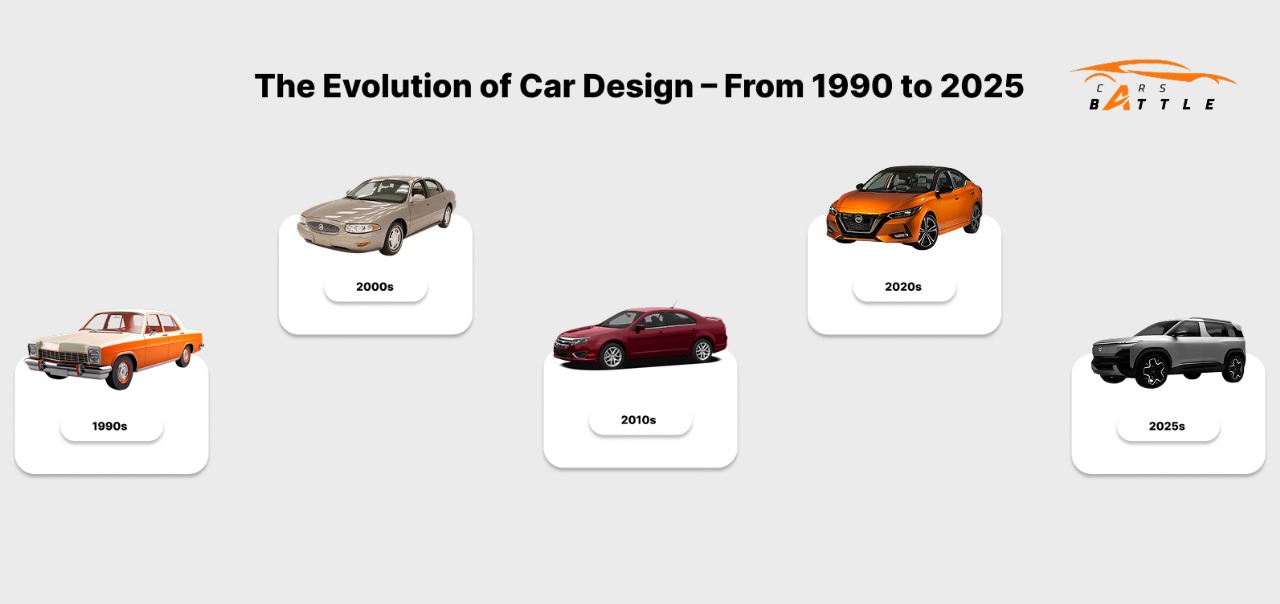Over the last three decades, car design in the United States has gone through revolutionary changes. What began as a focus on durability and function has now turned into a blend of technology, sustainability, and user experience. From boxy sedans to autonomous EVs, American car design reflects how deeply lifestyle, technology, and environmental factors influence the vehicles we drive today.
1990s – The Era of Bold and Boxy
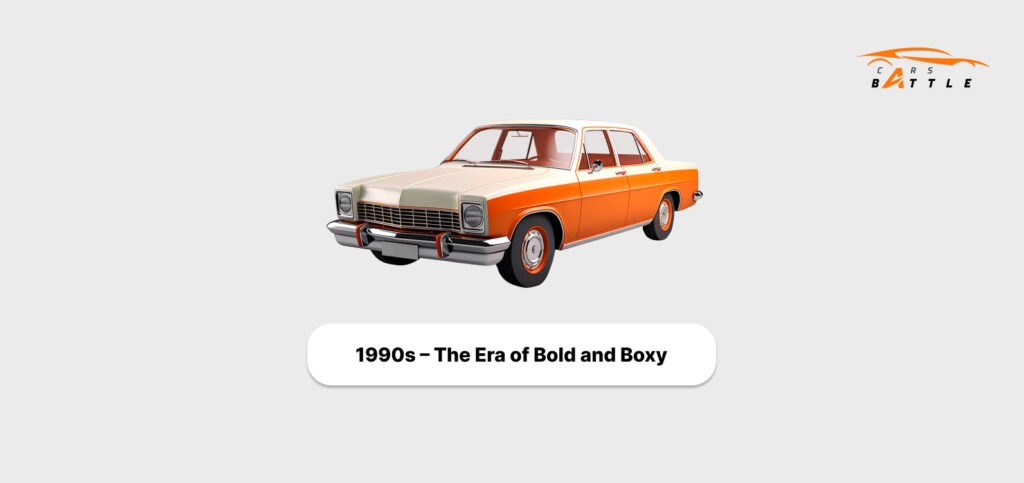
The 1990s emphasized practicality over performance. Most US cars in this decade were large, heavy, and prioritized interior space. Fuel economy was less of a concern, and design centered on reliability and ease of maintenance. Vehicles like the Chevrolet Lumina, Ford Crown Victoria, and Dodge Intrepid were commonly seen.
Styling cues included squared-off edges, big rear windows, and wide grilles. Interiors were often made of hard plastics, and analog dials dominated dashboards. Safety enhancements like side-impact protection and anti-lock brakes began appearing but were not universal.
Highlights:
- Little focus on aerodynamics
- Conservative design philosophy
- Station wagons and full-size sedans were common
Minimal infotainment systems
2000s – The Shift Towards Style and Performance
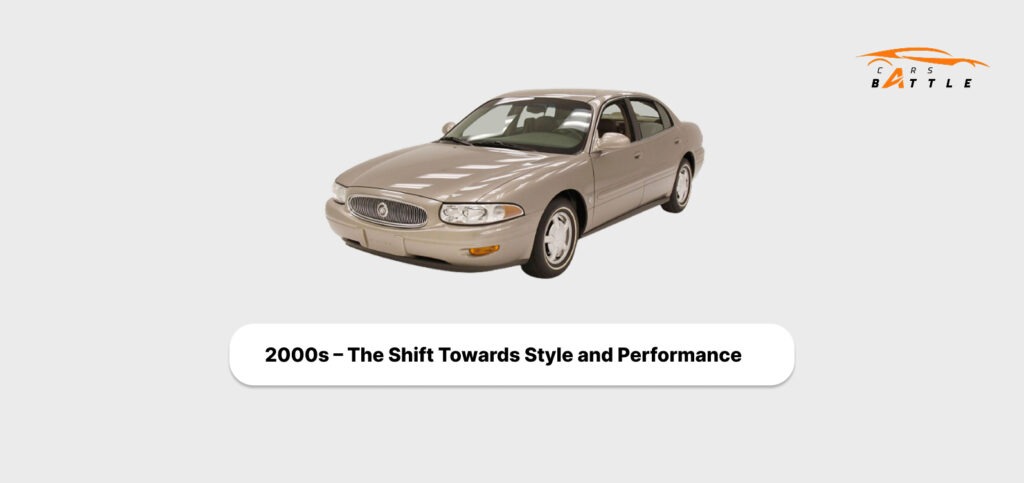
The early 2000s saw a shift in the car design approach in the US as manufacturers began catering to younger audiences. The rise of sports sedans, compact SUVs, and luxury trims reflected a maturing consumer market. Visual identity became important, with brands adding distinct design elements like Cadillac’s sharp-edged “Art and Science” look or Dodge’s muscular frames.
More curvaceous exteriors started replacing the blocky look. The increasing influence of Japanese automakers in the US also forced American brands to adopt sleeker, more dynamic styling.
Key Developments:
- Dual-tone interiors and leather options
- Emphasis on branding through grilles and lights
- More aggressive stance and wheel designs
- Rise of navigation systems and multi-CD stereos
2010s – Aerodynamics, Tech, and Fuel Efficiency
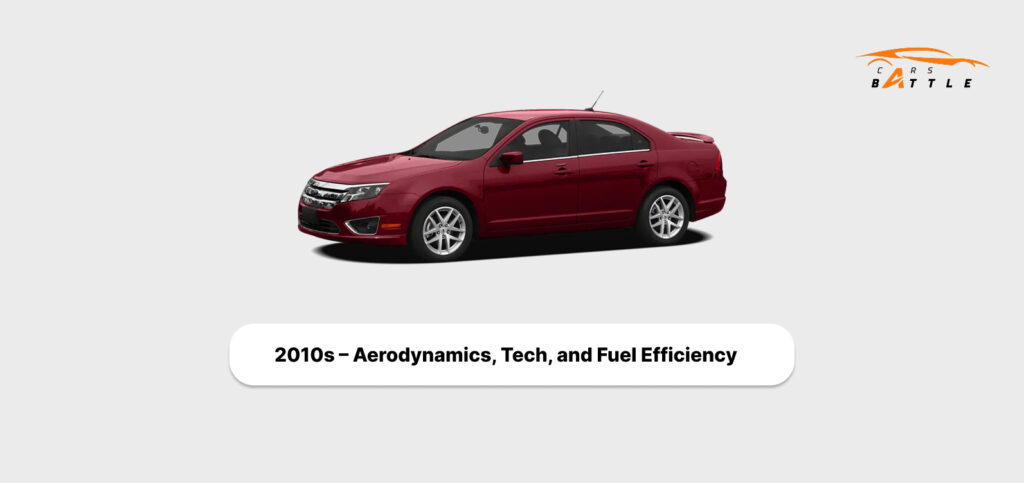
Fuel efficiency became a top priority due to rising gas prices and global warming awareness. US automakers started making vehicles that were not only stylish but also fuel-conscious and tech-heavy. Hybrid and electric powertrains pushed the design envelope, enabling sleeker shapes and digital-heavy dashboards.
The Tesla Model S, for example, introduced a minimalist interior with a central touchscreen, redefining luxury EV interiors. The success of crossovers like the Chevrolet Equinox and Ford Escape reflected changing family needs.
What Changed:
- Focus on drag coefficient and aerodynamics
- LED lights, fog lamps, and high-mount brake lights
- Widespread use of infotainment displays
Push-button start and digital instrument clusters
2020s – Smart, Electric, and Minimalist
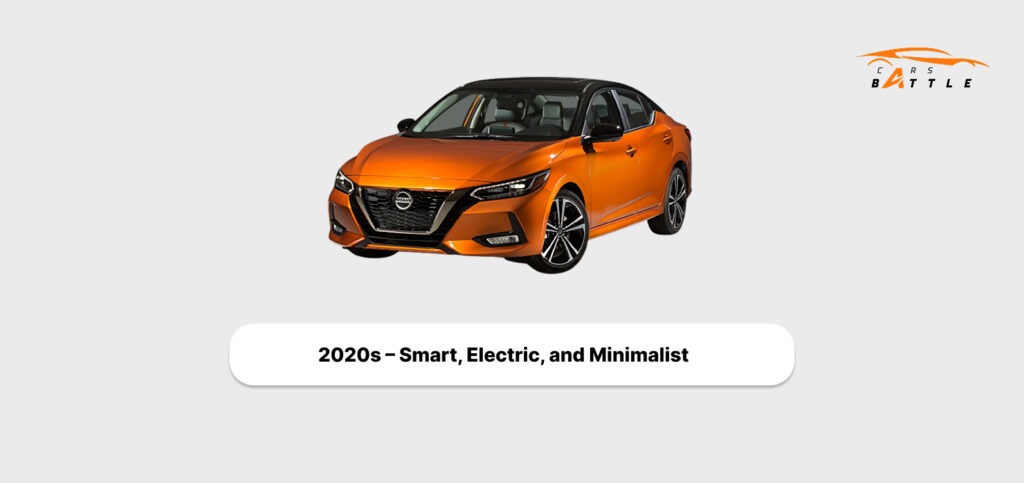
This is the age of electric mobility and connected vehicles. Without bulky engines or exhaust systems, designers have freedom to play with vehicle structure. Interiors are cleaner, more tech-driven, and often feature AI-based assistance.
Car design is no longer just about metal and machines—it’s about creating a digital experience. Models like the Ford F-150 Lightning, Tesla Cybertruck, and Lucid Air are redefining American auto design from the ground up.
Design Evolution in This Era:
- Flush door handles and seamless body panels
- Frunk (front trunk) space in EVs
- Touch-based controls replacing knobs
Wireless software updates and voice control
2025 and Beyond – The Future of US Car Design
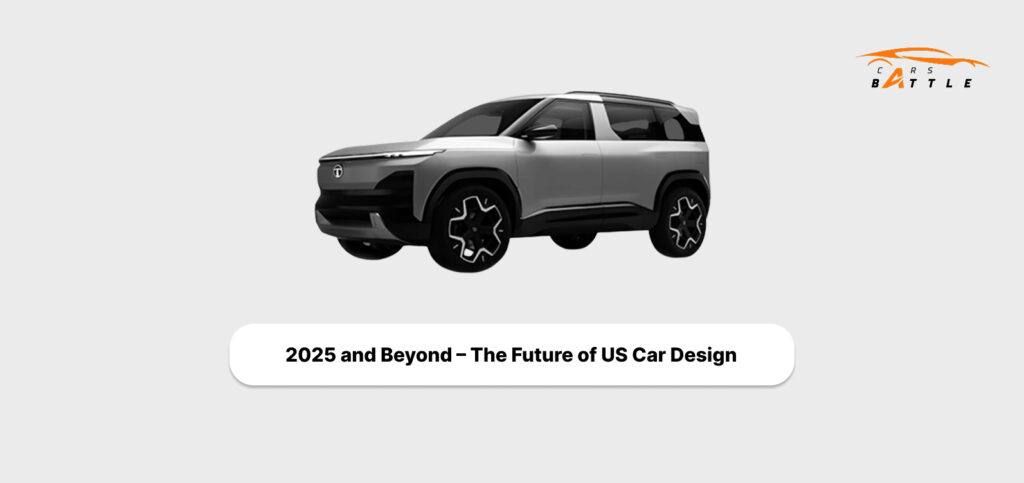
Looking into the near future, US car design is set to become intelligent, modular, and sustainable. With full autonomy on the horizon, the focus will shift to comfort, entertainment, and personalization. Cars may soon resemble moving lounges, complete with reclining seats, ambient lighting, and AR windshields.
We can expect adaptive car bodies that respond to traffic conditions, real-time traffic-based design adjustments, and integration with smart homes and cities.
🔮 What to Expect:
- No steering wheels in some autonomous models
- Entire dashboards replaced by large digital panels
- Exterior personalization via smart surfaces
- AI-generated designs based on user preferences
Conclusion
From the rugged sedans of the 90s to the software-driven EVs of 2025, car design in the US has grown into a true fusion of engineering and art. The design language has not only changed the way cars look but also how they feel, perform, and connect with users. As we step into a future of electric, autonomous, and connected vehicles, American car design continues to lead with innovation, identity, and purpose.

